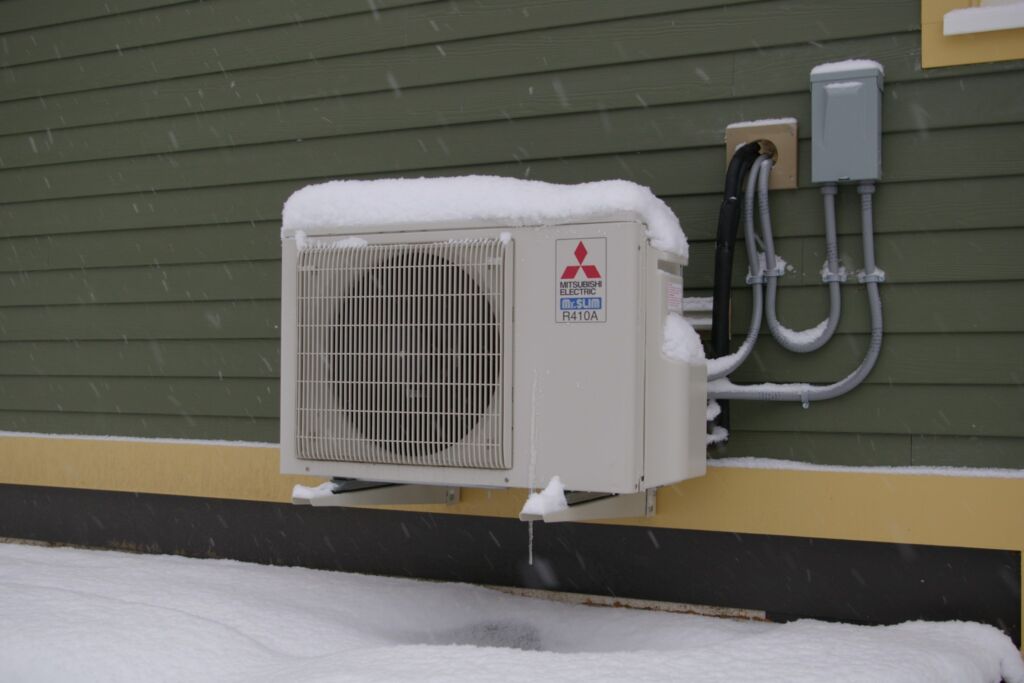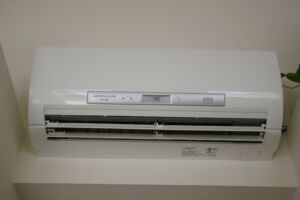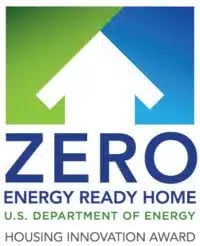In my previous blogs, I’ve written about how the foundation, walls, and roof of my house are built using familiar American construction materials; but they are framed, air-sealed, and insulated somewhat differently from conventional building practice to create a thermal envelope that requires much less energy to heat and cool than a typical new home of the same size would use. The four critical factors are high levels of insulation; a thick layer of continuous insulation uninterrupted by framing, an air-tight envelope; and great windows and doors.

The result is a peak winter heating load (energy needed to heat the house on a cold winter day) of less than 6,000 BTU/hour. A new home built conventionally would require 22,000 BTU/hour. An older existing home might require 30,000 BTU/hour or more. My cost to heat the house for all of last winter was about $220, which kept the house at 70 degrees, which compares to a predicted cost of $1,000 for the same size home built conventionally and kept at 68 degrees.
The situation for cooling is no different. The same high levels of insulation and air-sealing work just as well in reverse to keep heat out. My peak summer cooling load is only 2,500 BTU/hour, whereas a new home built conventionally would need 14,000 BTU/hour. My cost to cool the house for the entire summer was about $84, keeping the house at 72 degrees, which compares to a predicted cost of $132 for the same size home built conventionally and kept at 78 degrees. The savings are smaller on the cooling side because all homes have to remove a lot of heat generated by the people, lights, and appliances inside.

My house is both heated and cooled by an air-source heat pump (ASHP). This technology works by extracting heat from the outdoor air to heat the house and by dumping heat from the indoor air to cool the house. An ASHP is able to heat a house even when it is very cold outside. Mine is able to provide 92% of its rated capacity at 5 degrees, and it continues to work down to 17 degrees below zero. Last winter, when it was 12 degrees below zero, my ASHP kept us at a comfortable 70 degrees, and it cost me very little to operate even then. Moreover, the outdoor unit makes less noise than a person whispering in a library!
While my single ASHP hangs on a wall and heats the entire 1,650sf house, my company is using the same equipment to heat large homes with multiple zones. In these cases, we use ducted units to heat and cool zones of whatever size, wherever we want. The flexibility is so great, and the efficiency is so high that we have stopped using ground-source heat pumps (GSHP) altogether. While GSHP are slightly more efficient, they cost much more to install, are difficult to maintain properly, and cannot be set up for multiple small zones the way ASHP can. Moreover, our homes use so little energy that the extra efficiency of a GSHP doesn’t matter much.












